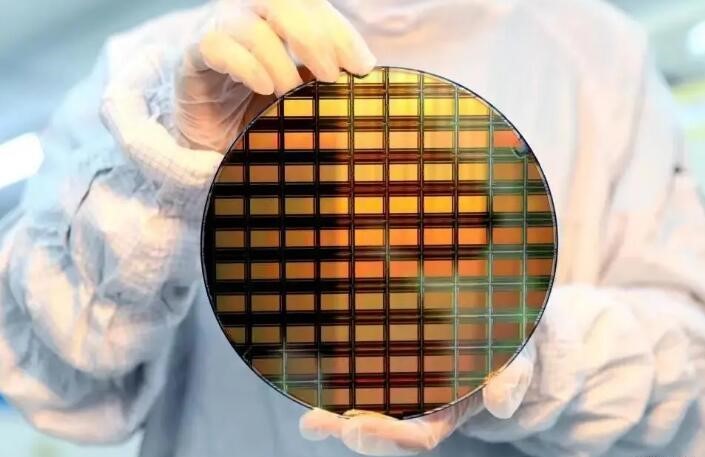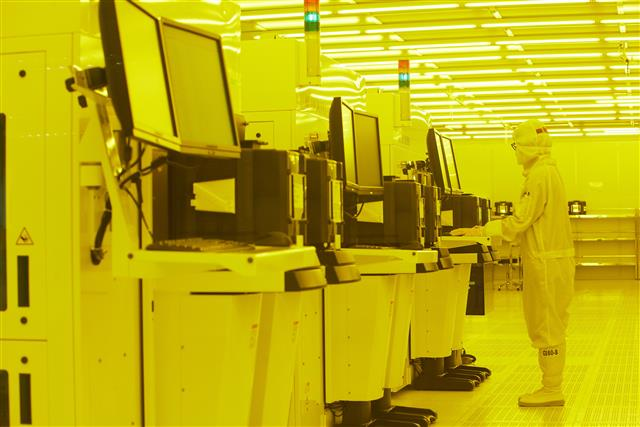The power LED package PCB acts as a carrier of heat and air convection, and its thermal conductivity plays a decisive role in the heat dissipation of the LED.DPC ceramic PCB shows strong competitiveness among many electronic packaging materials with its excellent performance and gradually decreasing price, which is the trend of power LED packaging development in the future. With the development of science and technology and the emergence of new preparation processes, high thermal conductivity ceramic materials have broad application prospects as new electronic packaging PCB materials.
With the continuous improvement of the input power of LED chips, the large heat generated by the large dissipation power has put forward newer and higher requirements for LED packaging materials. In the LED heat dissipation channel, the packaging PCB is the key link connecting the internal and external heat dissipation paths, and has the functions of heat dissipation channel, circuit connection and physical support for the chip. For high-power LED products, the packaging PCB requires high electrical insulation, high thermal conductivity, and thermal expansion coefficient matching the chip.
But resin-based package PCB: high cost of supporting is still difficult to popularize. EMC and SMC have high requirements on compression molding equipment. The price of a compression molding production line is about 10 million yuan, and it is still difficult to popularize it on a large scale. SMD LED brackets that have emerged in recent years generally use high-temperature modified engineering plastic materials, using PPA resin as raw materials, and adding modified fillers to enhance some physical and chemical properties of PPA raw materials, so that PPA materials are more suitable for injection molding. And the use of SMD LED bracket. The thermal conductivity of PPA plastic is very low, and its heat dissipation is mainly carried out through the metal lead frame. The heat dissipation capacity is limited, and it is only suitable for low-power LED packaging.

Metal Core Printed Circuit Boards: Complex Manufacturing Processes and Less Practical Applications.The processing and manufacturing process of aluminum-based PCB is complicated and the cost is high. The thermal expansion coefficient of aluminum is quite different from that of the chip material, and it is rarely used in practical applications. Most of the high-power LED packages use this kind of PCB, and the price is between the middle and high price.The current high-power LED heat dissipation PCB in production has a very low thermal conductivity of the insulating layer, and due to the existence of the insulating layer, it cannot withstand high-temperature soldering, which limits the optimization of the package structure and is not conducive to LED heat dissipation.
Silicon-based packaging PCB: facing challenges, the yield rate is less than 60%.Silicon-based PCBs face challenges in the preparation of insulating layers, metal layers, and vias, and the yield rate does not exceed 60%. Silicon-based materials are used as LED packaging PCB technology, which is used in the LED industry in the semiconductor industry. The thermal conductivity and thermal expansion properties of silicon-based PCBs indicate that silicon is a more suitable packaging material for LEDs. The thermal conductivity of silicon is 140W/m·K. When used in LED packaging, the thermal resistance caused by it is only 0.66K/W; and silicon-based materials have been widely used in semiconductor manufacturing processes and related packaging fields, involving related equipment and materials. quite mature. Therefore, if silicon is made into LED package PCB, mass production is easy.However, there are still many technical problems in LED silicon PCB packaging. For example, in terms of materials, silicon materials are easily broken, and there is also a problem with the strength of the mechanism. In terms of structure, although silicon is an excellent thermal conductor, it has poor insulation and must be oxidized and insulated. In addition, the metal layer needs to be prepared by sputtering combined with electroplating, and the conductive hole needs to be prepared by etching. In general, the preparation of insulating layers, metal layers, and vias all face challenges, and the yield is not high.

Ceramic Package PCB: Improve Heat Dissipation Efficiency to Meet High-Power LED Demands. With the high thermal conductivity ceramic matrix, the heat dissipation efficiency is significantly improved, and it is the most suitable product for the development needs of high power and small size LEDS. Ceramic PCBS have new thermal conductivity materials and new internal structures, which make up for the defects of aluminum metal PCBS, thereby improving the overall heat dissipation effect of the PCB. Among the ceramic materials that can be used for heat dissipation PCB, BEO has a high thermal conductivity, but its linear expansion coefficient is very different from that of silicon, and it is toxic during manufacture, which limits its own application.
BN has good comprehensive performance, but as a PCB The material has no outstanding advantages and is expensive, and is currently only in research and promotion; silicon carbide has high strength and high thermal conductivity, but its resistance and dielectric withstand voltage are low, and the bonding after metallization is unstable, which will cause Changes in thermal conductivity and dielectric constant should not be used as insulating packaging PCB materials. Although Al2O3 ceramic substrate is currently the most produced and widely used ceramic substrate, due to its higher thermal expansion coefficient than that of Si single crystal, Al2O3 ceramic substrate is not suitable for high-frequency, high-power, ultra-large-scale integrated circuits. used in. A1N crystal has high thermal conductivity and is considered to be an ideal material for next-generation semiconductor PCBS and packaging.
AlN ceramic PCB has been widely studied and gradually developed since the 1990s. It is currently generally considered to be a promising electronic ceramic packaging material. The heat dissipation efficiency of AlN ceramic PCB is as much as 7 times that of Al2O3. The heat dissipation benefit of AlN ceramic PCB applied to high-power LEDs is remarkable, thereby greatly improving the service life of LEDs.DPC ceramic PCB is also known as direct copper-plated ceramic board. DPC products have the characteristics of high circuit accuracy and high surface flatness. It is a cross-generational product that is most suitable for the development needs of high-power, small-size LEDs.
Post time: Mar-24-2023
